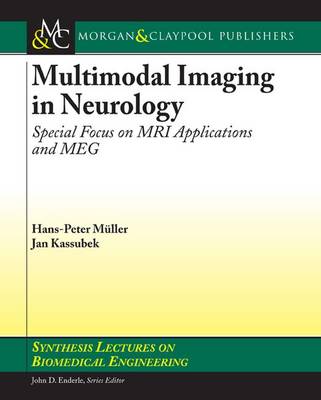The field of brain imaging is developing at a rapid pace and has greatly advanced the areas of cognitive and clinical neuroscience. The availability of neuroimaging techniques, especially magnetic resonance imaging (MRI), functional MRI (fMRI), diffusion tensor imaging (DTI) and magnetoencephalography (MEG) and magnetic source imaging (MSI) has brought about breakthroughs in neuroscience.
To obtain comprehensive information about the activity of the human brain, different analytical approaches should be complemented. Thus, in ""intermodal multimodality"" imaging, great efforts have been made to combine the highest spatial resolution (MRI, fMRI) with the best temporal resolution (MEG or EEG). ""Intramodal multimodality"" imaging combines various functional MRI techniques (e.g., fMRI, DTI, and/or morphometric/volumetric analysis). The multimodal approach is conceptually based on the combination of different noninvasive functional neuroimaging tools, their registration and cointegration. In particular, the combination of imaging applications that map different functional systems is useful, such as fMRI as a technique for the localization of cortical function and DTI as a technique for mapping of white matter fiber bundles or tracts.
This booklet gives an insight into the wide field of multimodal imaging with respect to concepts, data acquisition, and postprocessing. Examples for intermodal and intramodal multimodality imaging are also demonstrated.
- ISBN13 9781598295504
- Publish Date 29 June 1905
- Publish Status Unknown
- Publish Country US
- Imprint Morgan & Claypool Publishers
- Format Paperback
- Pages 75
- Language English
